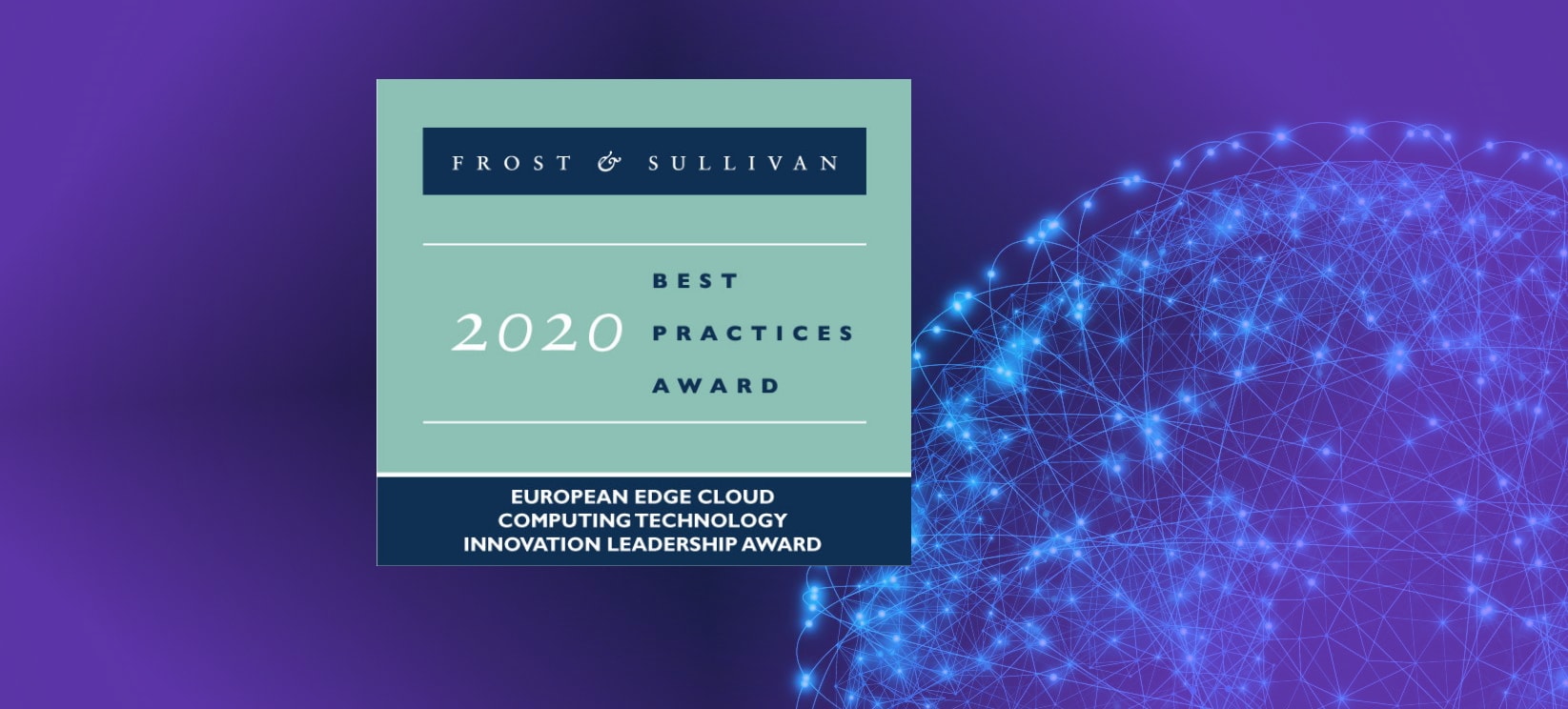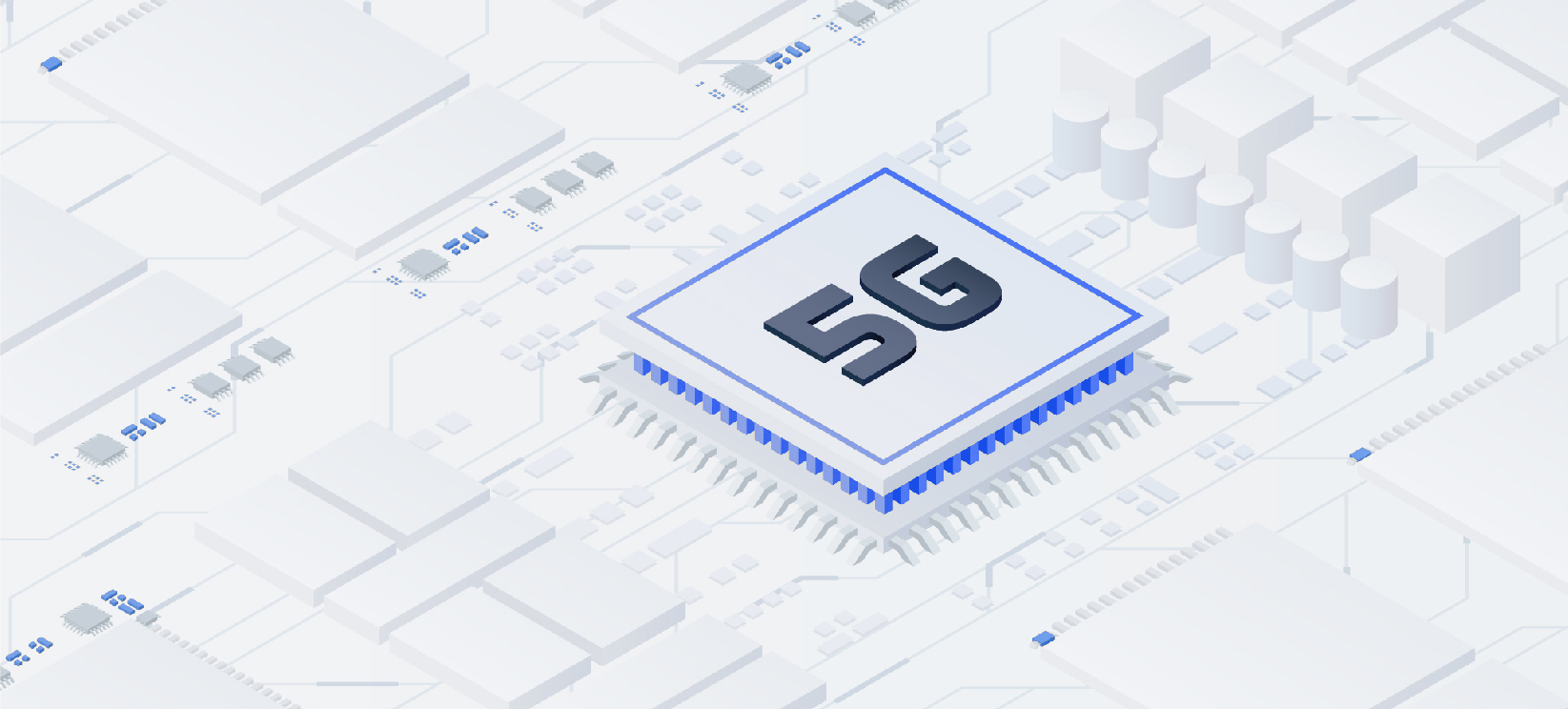MEC AKA Mobile Edge Computing, now named Multi-access Edge Computing is an industry standard and network architecture concept. We have compiled this MEC glossary to help clarify the terms used when we discuss MEC.
If you would like to suggest and addition, or comment on one or more of our terms, please let us know
MEC
The acronym MEC was coined by ETSI (European Telecommunications Standard Institute). Originally, MEC stood for Mobile Edge Computing since the standard was focused on a solution for mobile networks. As the standard evolved to include all types of broadband networks (Mobile, WiFi, Cable, DSL, etc.) the name changed to Multi-access Edge Computing.
MEC brings cloud-computing capabilities and an IT service environment to the edge of the network. This environment is characterized by key benefits that can be leveraged by applications: ultra-low latency, high bandwidth, as real-time access to access network information and user location. MEC provides a new ecosystem and value chain. It enables communication service providers (CSPs) to transform their networks into cloud computing platforms allowing them to flexibly and rapidly deploy innovative applications and services.
ETSI MEC ISG
The ETSI MEC Industry Specification Group (ISG) is the entity responsible for creating the MEC standard. Saguna is a member of this group along with around 60 other industry leading vendors and operators. You can find out more about the ETSI MEC ISG in the group’s portal.
MEC Solution
An end-to-end solution that enables communication services providers (CSPs) to deploy edge computing at the access network. The solution’s software should provide the MEC platform, management & automation, and core network integration. In addition to the MEC platform software, the MEC solution should include a virtualization platform and hardware, which are deployed at the network edge.
MEC application
An application that runs within the MEC environment. The application may send/receive traffic to end user/devices directly from the access network. It can also receive information from the MEC platform e.g. network congestion, user location etc. An application may be a provider and/or a consumer of MEC services to/from other MEC applications and/or to/from the MEC platform
Alternative terms: MEC application, Edge application, mobile edge application, multi-access edge application.
Examples of MEC applications
This is a partial list of market segments and verticals that can benefit from MEC. There are many more.
- Augmented reality (AR) / virtual reality (VR)
- Cyber defense, specifically DDoS
- IoT
- Content Delivery Network (CDN)
- Edge video server
- Drone control / autonomous drones
- Connected cars, vehicle-to-vehicle (V2V), vehicle to infrastructure (V2I), vehicle to everything (V2X)
- Public cloud extension using Amazon green grass or Microsoft Azure Edge
- Industry 4.0
- Edge analytics
- Operator cloud
- Video streaming
MEC Host
MEC Host is the term used by the ETSI MEC ISG to define the edge infrastructure including: Hardware (processing/compute, storage, network), virtualization, virtualized software MEC platform.
The MEC host may also be referred to a as a micro data center or, our preferred term cloudlet.
MEC System
A MEC System is comprised of one or more MEC Hosts. MEC creates a highly distributed Cloud Computing architecture, where many cloudlets (or MEC Hosts) are deployed in different locations at the edge of the network.
Virtualization
In computing, virtualization refers to the act of creating a virtual (rather than actual) version of something, including virtual computer hardware platforms, storage devices, and computer network resources.
NFV – Network Function Virtualization
Network Function Virtualization is a principle of separating network functions (software based) from the hardware they run on by using virtual hardware abstraction. The goal of NFV is to reduce cost and make maintenance easier by using off-the-shelf-hardware servers and software updates when necessary.
- NFV Orchestrator: Responsible for on-boarding of new network services (NS) and virtual network function (VNF) packages; NS lifecycle management; global resource management; validation and authorization of network functions virtualization infrastructure (NFVI) resource requests
- VNF Manager: Oversees lifecycle management of VNF instances; coordination and adaptation role for configuration and event reporting between NFVI and E/NMS
- Virtualized Infrastructure Manager (VIM): Controls and manages the NFVI compute, storage, and network resources
MEC & NFV
MEC is designed to operate seamlessly within the NFV environment. The virtualized MEC platform software, in this case, is deployed on the existing NFV infrastructure and operates as a Virtualized Network Function (VNF).
Mobile edge platform
This is the software entity that enables applications to run at the edge. The main functionality provided by the MEC platform is registering applications to run, then routing the right traffic to/from the local application.
The MEC platform also provides services (to any application, not just ones at the edge) including radio network conditions and user location.
Mobile edge service
This can mean one of 2 things:
- Service provided via the mobile edge platform to an edge app or a remote app such is Radio Network Information (RNI) or location service.
- A service provided by an edge application.
Mobile UE application
In MEC, when the UE (mobile device) initiates any interaction, the client application on the mobile device connects to the edge (back-end) application running on MEC. The edge application may or may not connect to the application back-end server running on the cloud.
MEC PoC (proof of concept)
To advance MEC applications and use cases, ETSI called for the ETSI MEC group members to create a number of integrated solutions. These PoCs were officially demonstrated in 2016 MEC Congress. Here are a couple of examles https://www.etsi.org/news-events/news/1119-2016-09-news-etsi-first-mobile-edge-computing-proof-of-concepts-at-mec-world-congress or https://mecwiki.etsi.org/index.php?title=PoC_5_Enterprise_Services. New PoCs are being created as we move forward.



One Response